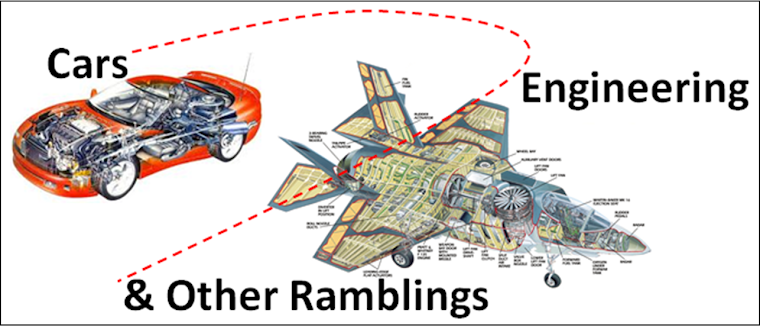A turbocharger converts exhaust enthalpy (temperature, flow, & pressure) from a turbine into rotational shaft-work yielding into increased intake manifold pressure through spinning a centrifugal compressor.
 |
| A typical exhaust turbocharger, exhaust enthalpy (temperature, flow, & pressure) is converted into increased air pressure. |
 |
| AFR: 14.7:1 is the Goldilocks zone for gasoline engines |
Say we have a naturally-aspirated (i.e. breathing atmospheric pressure, at 1 bar (14.7 psia)) 4 cylinder 2.0L engine which outputs 150 horsepower. What if we ran this engine on some faraway "Planet X" where the air was twice as dense, or 2 bar (29.4 psia) pressure? The engine on Planet X would ingest twice (2x) as much air as on Planet Earth. Effectively turning the 2.0L Planet X engine into a 4.0L Earth engine. Going back to stoichiometric combustion (AFR 14.7:1), that means we can now burn twice (2x) as much fuel resulting in twice (2x) the power while maintaining the air-fuel ratio (2*14.7 air:2*1 fuel) = (14.7 air: 1 fuel).
Now, that is assuming i) no other losses from pumping/compession, ii) the fuel system could support 2x additional fuel flow, & iii) the mechanical strength of the engine could support it (e.g. higher in-cylinder pressure and head gasket blow-out, piston damage, or bent connecting rods). All of that aside, this engine would make double the power!
 |
| Our 2.0L 4 cylinder engine now thinks it is twice as large (4.0L) when boosted to 2 bar (29.4 psia) IMP. Here, a sequential turbo setup is shown. |
--Axle
